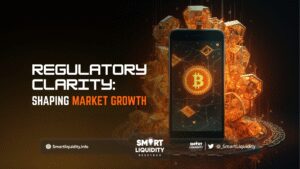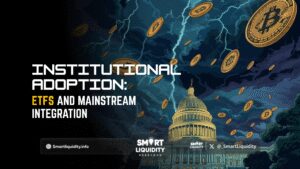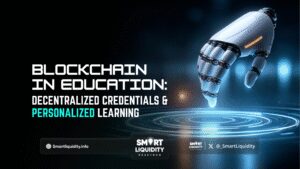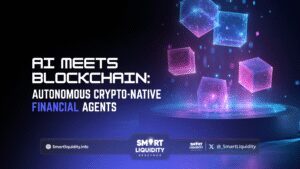ERC-721 vs. ERC-1155
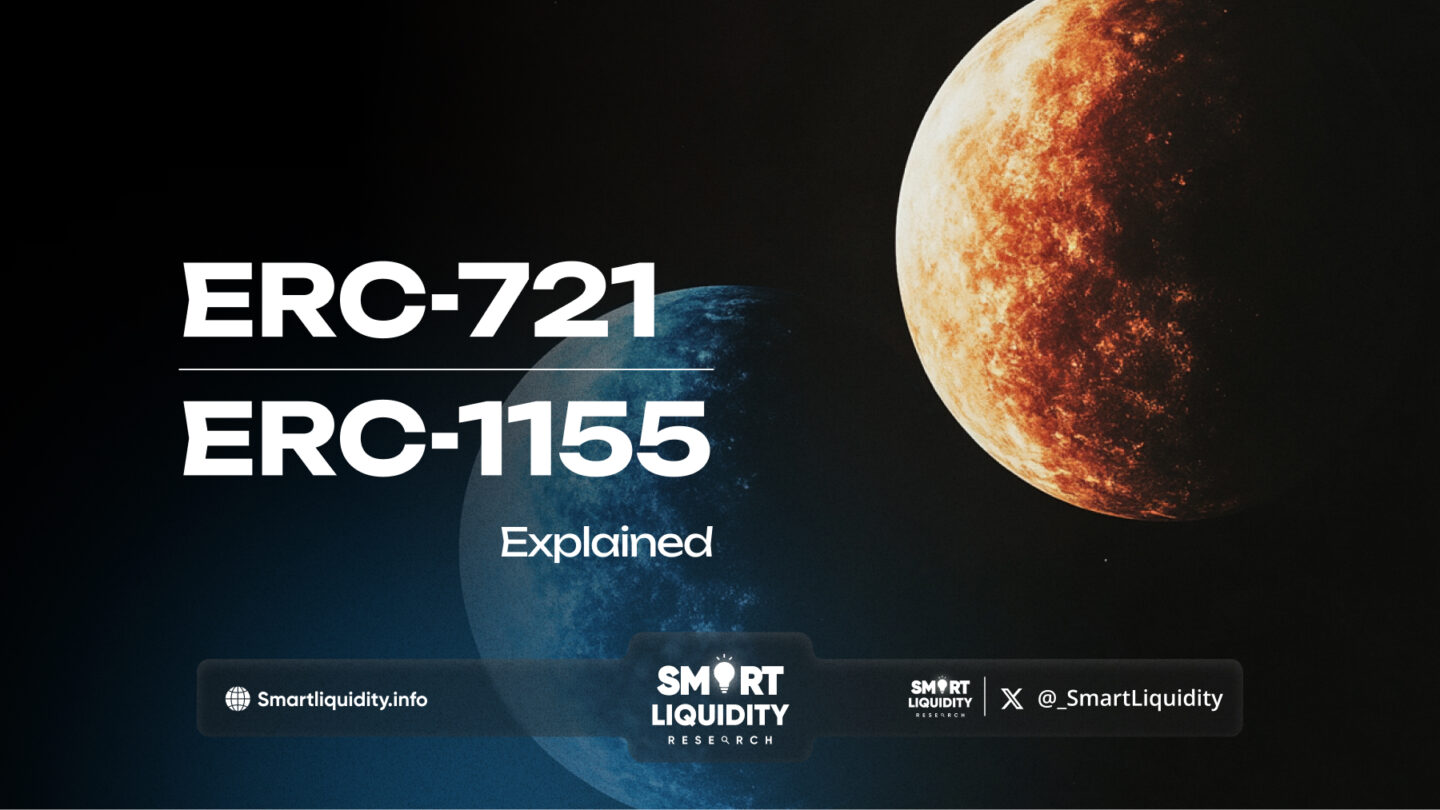

Ethereum is a leading blockchain platform that powers decentralized applications (dApps) and token standards, fostering innovation across industries. Notably, ERC-721 and ERC-1155 have shaped the NFT ecosystem and beyond. This article examines their key differences, applications, and technical aspects, offering a clear understanding of their significance in blockchain development.
What are ERC-721 and ERC-1155?
ERC-721: The Pioneer of NFTs
ERC-721 is the first standard developed to define non-fungible tokens on Ethereum. Each ERC-721 token is unique, carrying its metadata, which makes it ideal for representing one-of-a-kind assets like collectibles, art, and real estate in digital form. The standard includes functions such as transferFrom and approve to facilitate token transfers and interactions. Since each token is unique, ERC-721 is primarily used in applications where individuality matters, and ownership must be distinct and verifiable.
ERC-1155: A Multi-Token Standard
ERC-1155 is a more advanced standard designed to handle both fungible and non-fungible tokens within a single smart contract. This multi-token capability makes ERC-1155 highly efficient, reducing gas costs and simplifying the management of diverse token types. With ERC-1155, developers can mint and manage batches of tokens, whether identical or unique, with ease. Additionally, ERC-1155 introduces a more streamlined transfer process, allowing for batch transfers, which significantly reduces network congestion and transaction costs.
Key Differences Between ERC-721 and ERC-1155
The table below highlights the primary distinctions between the two standards:
| Feature | ERC-721 | ERC-1155 |
| Token Type | Non-fungible (unique items) | Both fungible and non-fungible |
| Batch Operations | Not supported | Supported |
| Gas Efficiency | Higher gas costs | Lower gas costs for batch actions |
| Metadata Storage | Metadata per token | Shared metadata for similar tokens |
| Use Cases | Collectibles, art, real estate | Gaming assets, DeFi, mixed tokens |
| Interoperability | Less flexible | Highly flexible |
Use Cases and Applications
ERC-721: Unique Assets
ERC-721 is primarily used for:
- Digital Art: Platforms like OpenSea and Rarible allow artists to mint and sell their one-of-a-kind creations as ERC-721 tokens.
- Gaming: Unique in-game items, such as rare skins or weapons, are often represented using ERC-721 tokens.
- Real Estate: Tokenizing physical property as ERC-721 tokens enables fractional ownership and seamless transfer.
- Intellectual Property: Copyrights, patents, and exclusive licenses can be secured using ERC-721 tokens, ensuring authenticity and ownership.
ERC-1155: Gaming and Beyond
ERC-1155’s versatility has led to widespread adoption in:
- Gaming: Games like Gods Unchained use ERC-1155 to represent fungible items (gold coins) and non-fungible items (unique cards) within the same ecosystem.
- DeFi: Hybrid tokens that serve both governance and staking roles are efficiently managed with ERC-1155.
- Supply Chain: Combining fungible and non-fungible tokens facilitates better tracking and management of products.
- Virtual Worlds: ERC-1155 allows for the creation of interactive digital spaces where multiple asset types, such as land, buildings, and accessories, coexist in a single ecosystem.
Technical Efficiency
Gas Optimization
One of ERC-1155’s major innovations is its ability to perform batch operations, drastically reducing gas costs when minting or transferring multiple tokens. For example:
- Minting 10 unique ERC-721 tokens would require 10 separate transactions.
- With ERC-1155, the same task can be executed in a single transaction, saving significant fees and blockchain resources.
Gas efficiency is critical for large-scale blockchain applications, particularly those with high transaction volumes. By using ERC-1155, developers and users can optimize costs and enhance scalability without compromising security or decentralization.
Metadata Management
ERC-1155 introduces a shared URI for similar token types, improving storage efficiency. Instead of duplicating metadata for every token (as in ERC-721), ERC-1155 tokens of the same type can reference a common metadata URI. This feature streamlines asset management and reduces redundancy, making it particularly beneficial for large-scale projects that issue numerous similar tokens.
Interoperability and Ecosystem Integration
ERC-721’s Limitations
While ERC-721 has paved the way for NFTs, its lack of batch operations and reliance on separate smart contracts for each token type makes it less adaptable for complex use cases. The inability to manage multiple assets within a single contract increases gas fees and complicates the development process.
ERC-1155’s Versatility
ERC-1155 is more interoperable and adaptable, enabling developers to create hybrid ecosystems where fungible and non-fungible tokens coexist seamlessly. For instance, a game might have:
- Fungible tokens for in-game currency.
- Non-fungible tokens for rare items.
- Semi-fungible tokens for event-specific rewards.
This flexibility allows for the development of robust and dynamic decentralized applications that can handle diverse asset types efficiently.
When to Use ERC-721 or ERC-1155
Scenarios Favoring ERC-721
Choose ERC-721 when:
- You’re creating truly unique items, such as fine art or luxury collectibles.
- Each token requires highly specific metadata.
- Batch operations are unnecessary.
- The focus is on ownership individuality and one-of-a-kind assets.
Scenarios Favoring ERC-1155
Choose ERC-1155 when:
- You need to manage multiple token types in a single contract.
- Gas efficiency is a priority for batch actions.
- Your application involves both fungible and non-fungible tokens, such as in gaming or DeFi ecosystems.
- Scalability and reduced transaction costs are crucial for success.
Conclusion
ERC-721 and ERC-1155 are pivotal standards in Ethereum’s blockchain landscape, each serving distinct purposes. ERC-721 remains the go-to choice for unique, high-value assets, while ERC-1155 excels in scenarios requiring efficiency and versatility. Understanding these differences helps developers and businesses select the appropriate standard for their specific needs, ensuring optimal performance and user experience. As blockchain technology continues to evolve, these standards will remain foundational pillars for innovation. Ultimately, the choice between ERC-721 and ERC-1155 depends on the project’s goals, scalability requirements, and asset management needs, making a thorough understanding of both essential for blockchain developers and enterprises alike.
